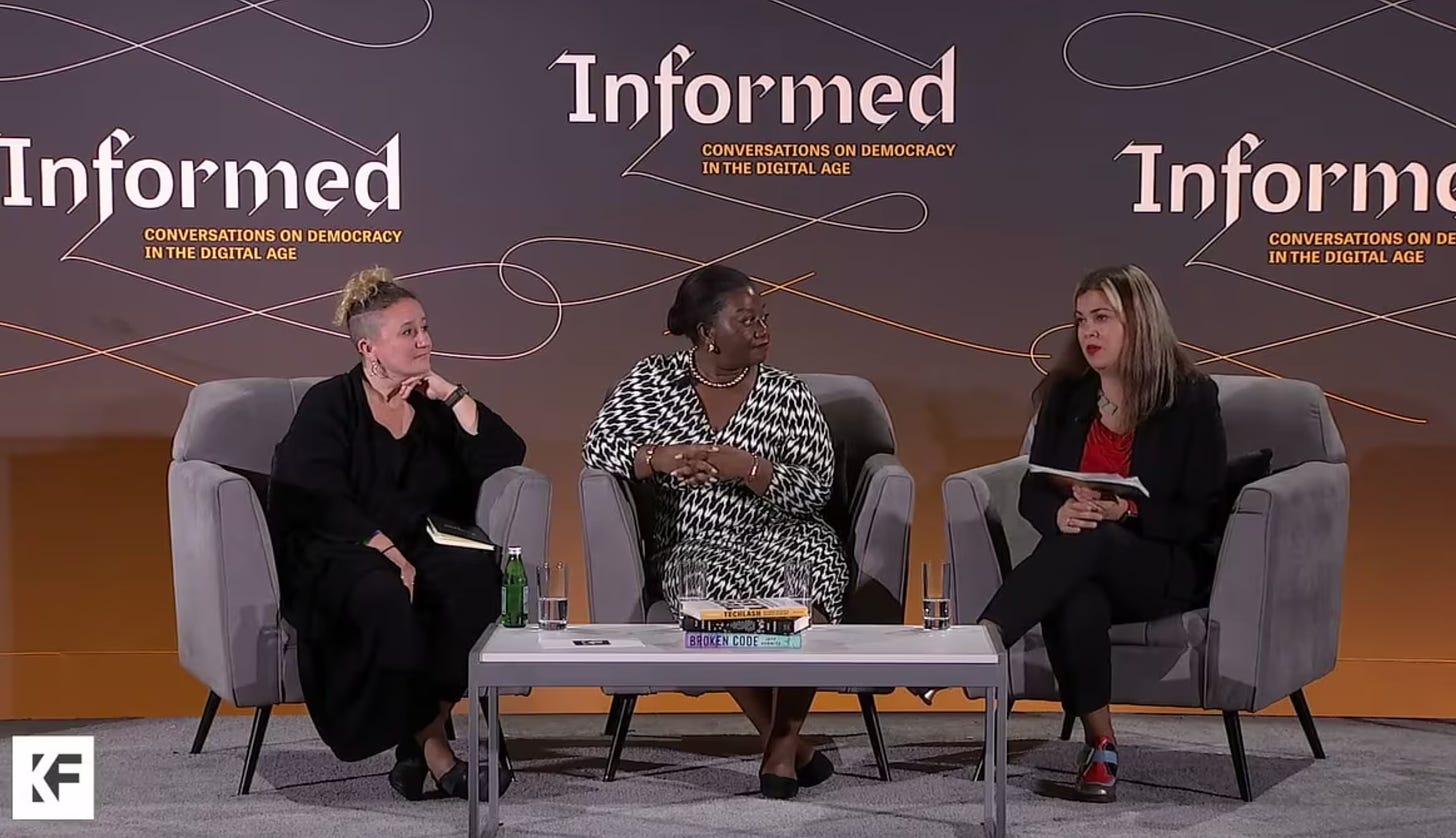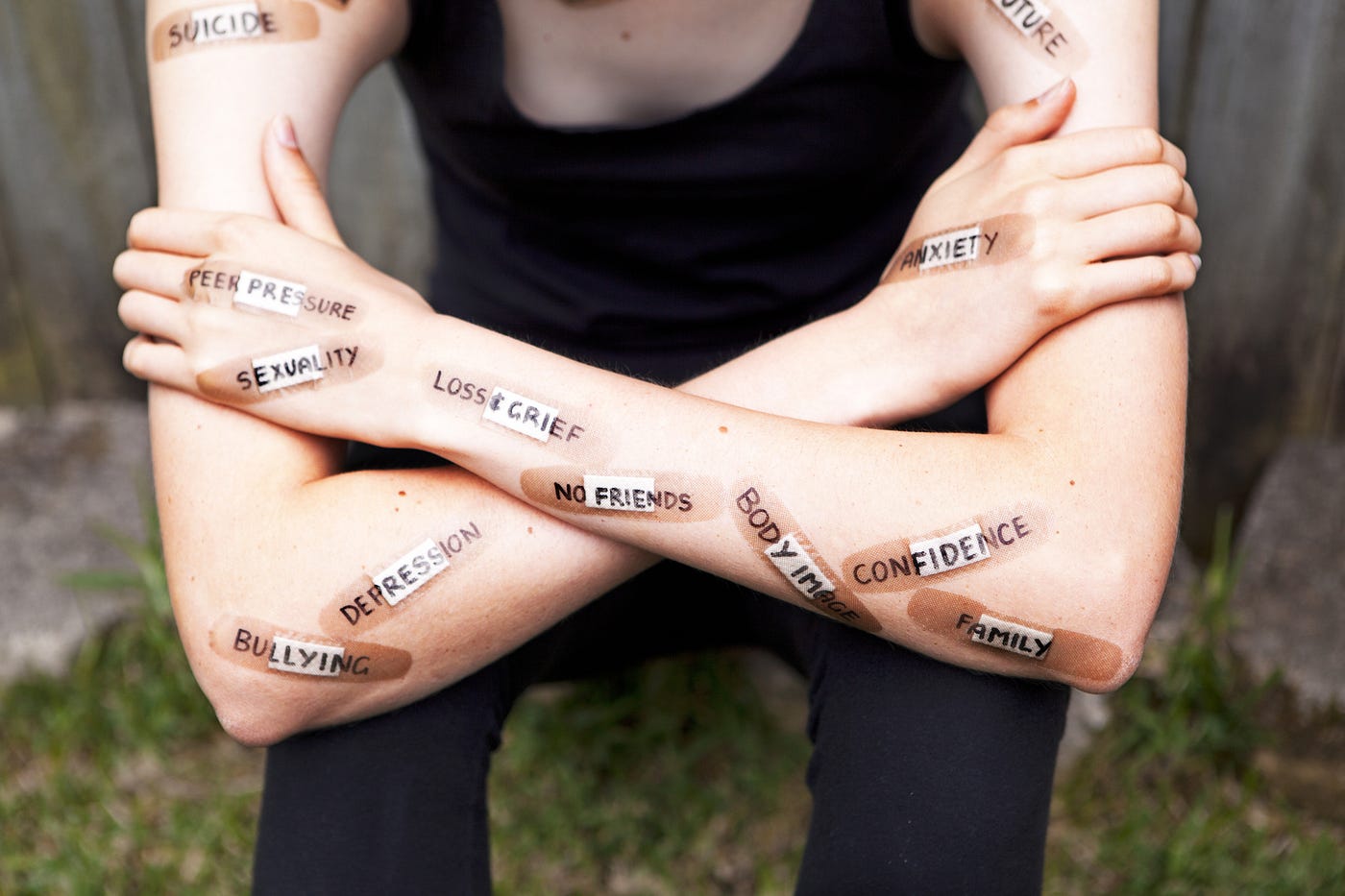
For years, I thought that there were two “sides” to the discussion around climate change. There were the people who believed in the science and the people who thought it was all a farce. Often, they could segregated into Democrats and Republicans. Of course, there were plenty of people who believed in the science but didn’t give a hoot – and certainly didn’t want to be forced to stop what they were doing. These believers happily leveraged those who didn’t believe to minimize regulation. Needless to say, I was long infuriated with the financial interests involved in ensuring people questioned the science, doubted the issue, and opposed regulatory action.
Over time, more and more people have come to believe that climate change is real. There are still plenty of capitalists who don’t care and don’t want regulators to get in their way. But I’ve started to realize that entirely new responses to climate change have started to emerge. And some of them scare me. So I’m going to attempt to articulate them in buckets. I’d love to hear if you see different buckets.
The Global Worldview
The first bucket is the one that I’ve heard my entire life. In short, climate change is a global problem that needs a global “solution.” It requires nations to coordinate – and it requires people to collectively take action. Among those who take a global approach, there are folks who think that technology will be a key tool, and those who don’t. There are those who believe that regulation is helpful, and those who are trying to find other paths So there’s a lot of variety of exactly what to do here – and who should be the most responsible – but the globalist approach is generally the dominant response around the globe. This is what animates the UN Sustainability Development Goals. This is the story of the Paris Agreement. This is the story behind countless climate summits. Let’s not tease out the differences among these approaches because they’re all relatively similar compared to the other ones I’m trying to make sense of.
The Hedonist Worldview
Companies like Chevron and Exxon knew that climate change was real even before scientists had reached consensus on the matter, but they had no incentive to try to stop it. Instead, they had plenty of incentive to leverage those who thought that this was BS. Greed was a clear priority, although it was typically narrated under the idea of “shareholder commitments.” Lots of big time financiers simply didn’t care about the harms to others. They wanted to keep profiting off of the money that could be extracted by extracting the natural resources of the world. Plenty of others have also chosen to look the other way simply because they don’t want to adjust their lifestyle. In other words, this is a cluster of climate science believers who are going to resist anything that gets in their way of living it up. At best, this crowd is happy to buy property in “safer” locations and prepare to party through the end-of-times.
The Evangelical Worldview
Christianity takes many forms, but there’s a cluster of Christian Evangelicals who believe that the Rapture is around the corner. According to some Biblical interpretations, the second coming of Jesus is preceded by three things: 1) massive floods and fires; 2) a heretic coming to power; 3) the return of Jews to Jerusalem. Within this frame, climate change is not something to be stopped but something to embrace and make preparations for. Thus, the non-reaction is the goal. During the first Trump Administration (back when Pence was Trump’s partner), I was stunned that many of these believers thought that Trump was the heretic that the Bible was speaking of. (This made it impossible to discuss Trump’s flaws as a human.) This crowd does not generally see climate change as driven by human action, but part of God’s will more generally. I don’t see that much of this crowd in the DC power elite these days.
The Xenophobic Worldview
Over fifty years ago, anti-immigration organizations emerged in response to “The Population Bomb,” a 1968 book that predicted a range of environmental crises due to an increase in population. One of the fears raised during this period was that people from poorer, warmer countries would start mass migrating to northern countries, overwhelming the available resources. This led to all sorts of “humanitarian” projects to provide birth control and education to try to lower population growth in these countries.
To reduce the potential of mass migration, some anti-immigration (and let’s be clear, racist as hell) advocates in the 1970s argued that the United States needed to close its borders to prevent the destruction of humanity. These advocates believed that the US was capable of being self-sustaining when the climate catastrophes started coming. They argued that everything needed to be domestic-centered. The US could not be dependent on other countries when hell broke loose – and it could not let people through its borders.
Globalization policies have been offensive to this wing for decades, often complicating the alliances formed during anti-NAFTA and anti-WTO protests. These folks argued that it was fine for other countries to pay the US for its surplus, but the US could not depend on other countries for its true needs.
More importantly, all immigration needed to end. This has been a cornerstone to the FAIR immigration policy since the 70s, but many of FAIR’s advocates are now key players in Project 2025 and the new MAGA. They believe that allowing immigrants into wealthy nations puts those nations on the brink. So they argue to close the borders. They also believe that Americans have stopped doing “real” work – and that it’s imperative that the next generation of young people don’t dilly dally with universities. Instead, the key is to ensure that the next generation of Americans is able to help make manufacturing, farming, and immediate-use innovation strong.
Within this worldview, the death of millions (if not billions) around the world is just something that is an unfortunate reality to deal with. The goal is to save the United States, not play nice with others. There’s a zero-sum game here. In more recent decades, folks with this worldview think that both Canada and Greenland must be nabbed to strengthen the position of the US as climate catastrophes increase. Although he’s got a more complex set of perspectives, Steve Bannon is an example inheritor of this worldview.
The Accelerationist Worldview
In the early part of the 20th century, different people started wondering what would happen post-capitalism. There were intense debates among people who thought that the next phase would be communism (in the Marx sense) while others firmly believed that a post-capitalist world would be fascism. They intensely disagreed over which was better. But there was a segment that believed that the key to getting to that post-capitalist state was to accelerate capitalism. This could be done through financialization, by pushing capital to the brink. Over the last 20 years, discussions of accelerationism have re-ignited, not simply to achieve the communist/fascist outcome, but by power players who wanted to ensure a seat to the table. And being part of the accelerationist framework was certainly one way to get there.
Meanwhile, other peculiar philosophies started emerging among both tech and financial types. (The cluster of them is often referred to as TESCREAL.) Among these, the effective altruists are the most visible. They’ve also undergone the greatest transformation in ideology in recent years. Initially, EAs believed that the smartest people in the room (yes, that’s a eugenics notion) should use their smarts to maximize capitalist returns (yes, that’s a part of accelerationism) to have significant capital to “give back” to society. For the most part, they were in the Carnegie school, meaning that they thought that the public was too dumb to govern its own money and that the smart people should allocate wealth strategically for the good of all (yes, that psychotic).
As weird as the EA logic has always been, it took on a much darker form in recent years. Some EAs argue that the real mission should not be to help humans, but to save humanity. And this is where climate change comes in. From this worldview, climate change is inevitable. Trying to stop it is futile. Instead, we need to diversify our planetary base. Humanity can’t afford to be so dependent on Planet Earth. And so it’s time to get off this planet.
The new EA-accelerationist combo platter is extra special. To protect the species, we should speed up capitalism to extract and hoard as much wealth as possible. That money grab will cause significant financial harm to individual people, but the “smart” ones will cope. The next move is to invest that capital into advanced technology. This can’t play out in a slow way – this must be a massive economic push, akin to the buildup of going to war. (Or, maybe, just maybe, going to war will help this along.) Along the way, we need to find the smartest and most fertile people. (This is where the natalist eugenics comes in. And one branch of anti-trans procreation panicking. And the weird natalist but anti-IVF crowds.). Cuz soon, we are going to need to send people to Mars.
This worldview accepts that most people will die. After all, most people will die due to climate change anyhow. The key is to make sure that the people who are dying do not get in the way of those who are focused on getting us off the planet. The pursuit of protecting humanity is the most moral thing that any of these actors can do. And yes, you guessed it, Elon Musk appears to be the inheritor of this collection of batshit theories.
Umm…. WTAF?
We all went a little crazy during Covid. But some folks (especially in the tech sector) seemed to take crazy to the next level.
The first Trump Administration was overwhelmingly shaped by the hedonists and the Evangelicals. Both wanted to resist investment in climate change resilience, not because they didn’t believe that it was real, but because they didn’t see value in doing anything about it.
The second Trump Administration still has some hedonists and Evangelicals floating about, but these are not the narratives that are helping to undermine climate-related investments. Rather, we’re watching the xenophobes and the accelerationists capture power.
Politically, there’s a war underway between those who believe all borders should be closed (Bannon) and those who think that the “smart” people should be let in (Musk) but there’s zero tolerance for refugees, especially climate refugees. (Umm… are any of these folks actually Christian?) The tariffs are another place where the seams between the worlds also diverge. But the real question on the table is really: who is permitted to hoard what resources? After all, I don’t even want to think about the elites who are making duckets off of shorting the stocks or knowing the tariff policies ahead of time. All while everyone else’s pension plans are totally screwed.
It is important to note that the weirdo climate narratives are only one part of the picture. Take the attempts to grab Greenland. The resources there are critical for accelerating certain kinds of technical efforts. But there’s also a lot of geopolitical advantage to having that piece of land once the ice melts. Both for the economy of shipping products around the world and for protecting the borders of the mainland US. All of this is to say that the climate craziness is not the full explainer on what’s going on, but it’s an important frame to keep in mind when sense-making about this current moment.
I can only imagine how Europeans are feeling looking in on our insanity. Their far-right crowds are also anti-immigrant, but I’m not sure those attitudes have the same weird theories around climate change animating them. Still, it’s certainly clear that anti-immigration logics can be mobilized for a lot more than a theory of how to respond to climate change.
The reason that these climate change visions keep rattling in my head is because I think that these help explain why different pressures coming from the left, from business, from other nations, and from experts are all unlikely to be successful. They are all happening outside of the frames. Any Administration – including this one – is comprised of a lot of interests jockeying for power and aiming to get what they want out of it. There are also plenty of “normal” capitalists and power junkies and white nationalists mixed into this mess. But I think that what’s notable to me is that these supposed “normal” political actors all seem to be dancing around and responsive to weirdo visions of how to respond to climate change. And this dynamic gels well with the grievance politics that are also at play.
We are certainly living through strange times.









